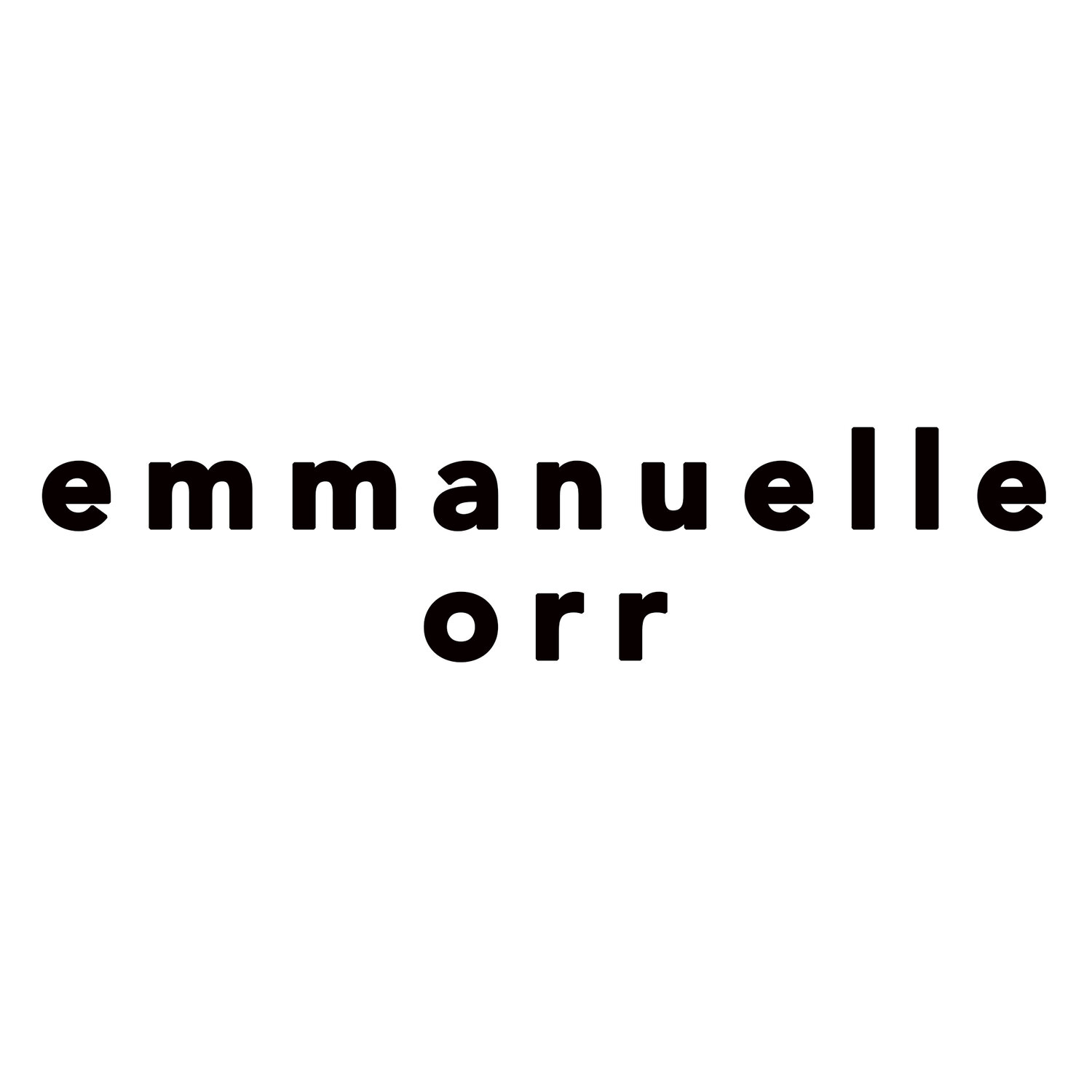Is Art a con?
This tongue in cheek title- and this blog post overall- was prompted by a documentary I watched recently on Netflix called “Made you look”, about a real-life case of Art fraud, which cost collectors in New York over $80m. The blurb states: “A woman walks into a New York gallery with a cache of unknown masterworks. Thus begins a story of art world greed, willfulness and a high-stakes con.”
The story was gripping, both as a crime story and as a psychological study of trust and credibility (how do the con artists manage to hoodwink professionals, and who knew what when) but it also raised questions in my mind about the definition of Art.
The works at the centre of the case -mostly Abstract Expressionists pieces- supposedly belonged to a reclusive collectionner in South America (details changed over time) and therefore had little provenance info, and were not mentioned in the artist’s catalogue. Finds like this do happen of course, but a lot of precautions need to be taken to ascertain they are what they look like they are. So the first thing the gallerist did when presented with the paintings, was to take steps to authenticate them, and at least initially (and somewhat superficially) they passed muster. Problems arose when further checks organised by some of the buyers raised red flags, and the gallerist ignored these warnings, so convinced was she that she had stumbled onto the sale of the century.
The documentary goes into length about what happened then, the investigation that ensued, its conclusion, and the impact it had on all parties involved, but I found it interesting to note that, at least to start with, the gallerist had shown some due diligence in ensuring that the works were genuine, and had had a numbers of experts look at them and appear to accept them as real.
This brought to mind Arthur C. Danto’s book “The transfiguration of the commonplace” which attempts to answer the eternal question “What is art?”. At the start of the book, he constructs several scenarios in which a painting is created that just happens to be a red canvas. For example, one such painting, as described by Kierkegaard, shows the Red Sea after Moses has crossed it, and the sea has closed, drowning the Egyptians. One could be a landscape painting showing Moscow’s Red square, or a minimalist, geometrical painting, also called Red Square. He goes through a number of similar scenarios, ending with an unknown painter called J demanding that his painting of a red square be taken as seriously as all these other important red paintings. Danto then poses the questions: which of these Red Squares are Art and how are they defined as such?
The book then goes through various attempts at defining a criteria to determine what is art, and the theory he advances [spoiler alert] is that art is what is defined as such by institutions.
Whether one agrees or disagrees with his theory, this is an interesting concept to apply to the world of art fraud. In our New York case, the works were, at least initially, authenticated by some Art historians and other specialists of the relevant Abstract Expressionists painters. Doesn’t that mean that the institutions first viewed them as Art, only to revoke that seal of approval once the con was exposed? Nothing had changed in the works, their appearance, the quality of the artistry, the pigment used, the meaning attributed to the paintings… Nothing other than the name that was attached to them.
This in turn seems to be the complete opposite of the point that Marcel Duchamp made at the start of the 20th century with his “fountain” ready-made. This piece consisted of a urinal, which he had signed under the name of R Mutt (a fabricated and therefore unknown artist) and tried to exhibit at the Society of Independent Artists. The work was refused, on the ground that it was “by definition, not a work of Art”. Of course, now that it is known the work was created by the great Duchamp, the piece (and its replicas) sit proudly in art museums and the stunt has taken its place in art history books. Here the institutions had decided the work wasn’t art, until it was known that the creator was an accepted artist, when the status of the piece changed.
Of course the goal is different: Duchamp’s aim was to critique the art world whereas the fraudsters were aiming to profit from it.
But how much of the value of art is in the name of the artist?
Duchamp’s Fountain at the Tate Modern

